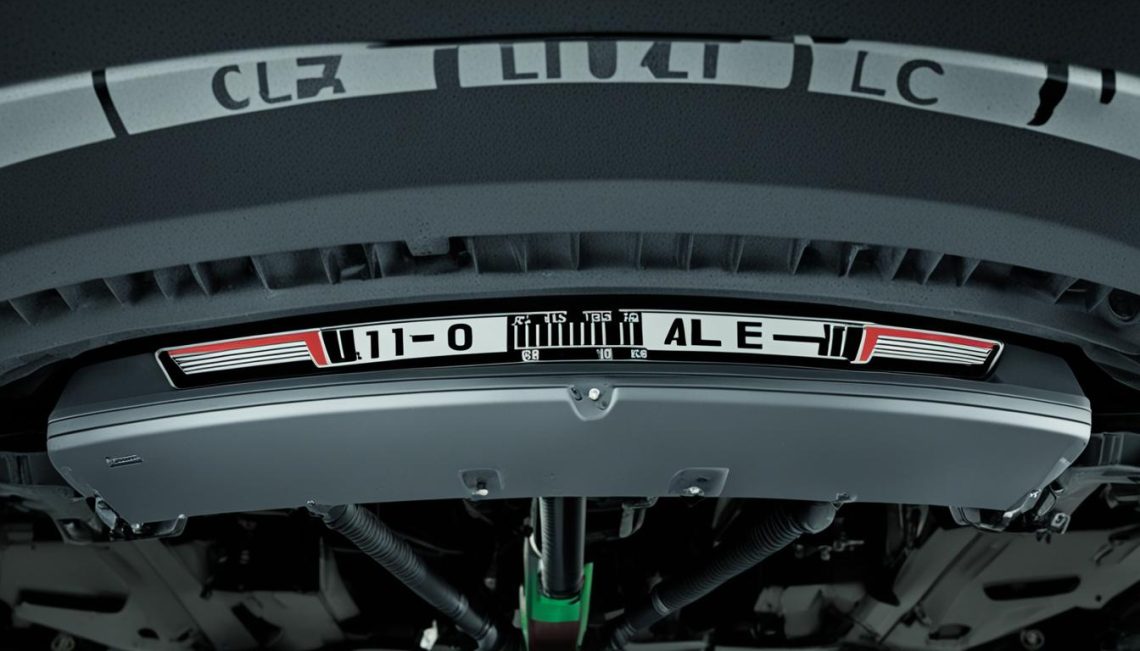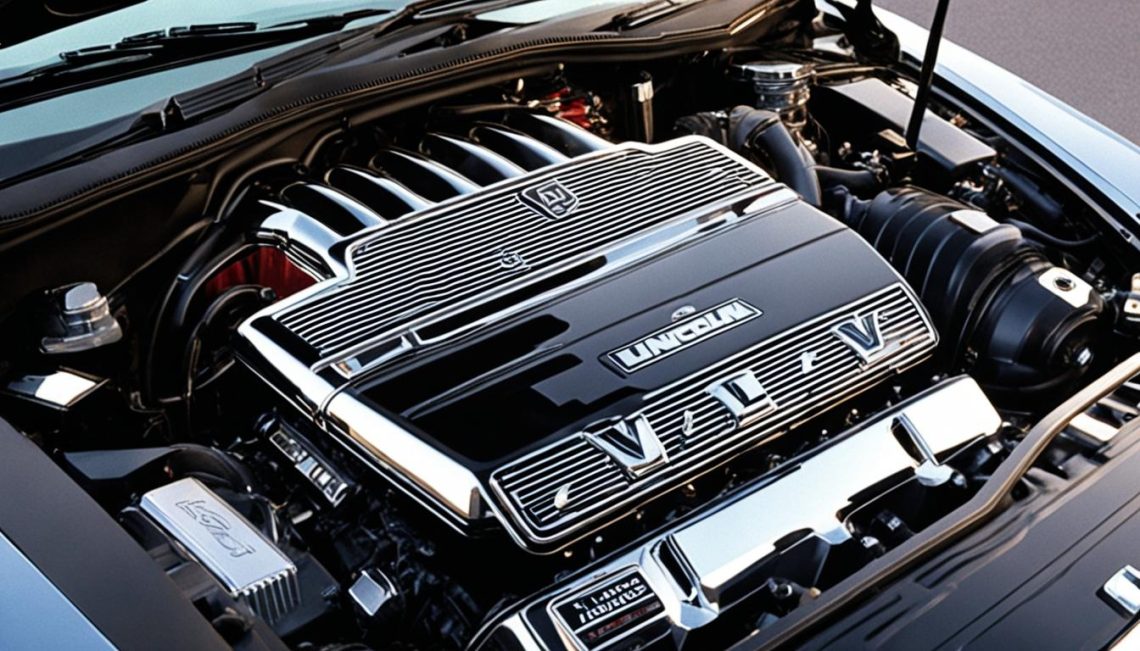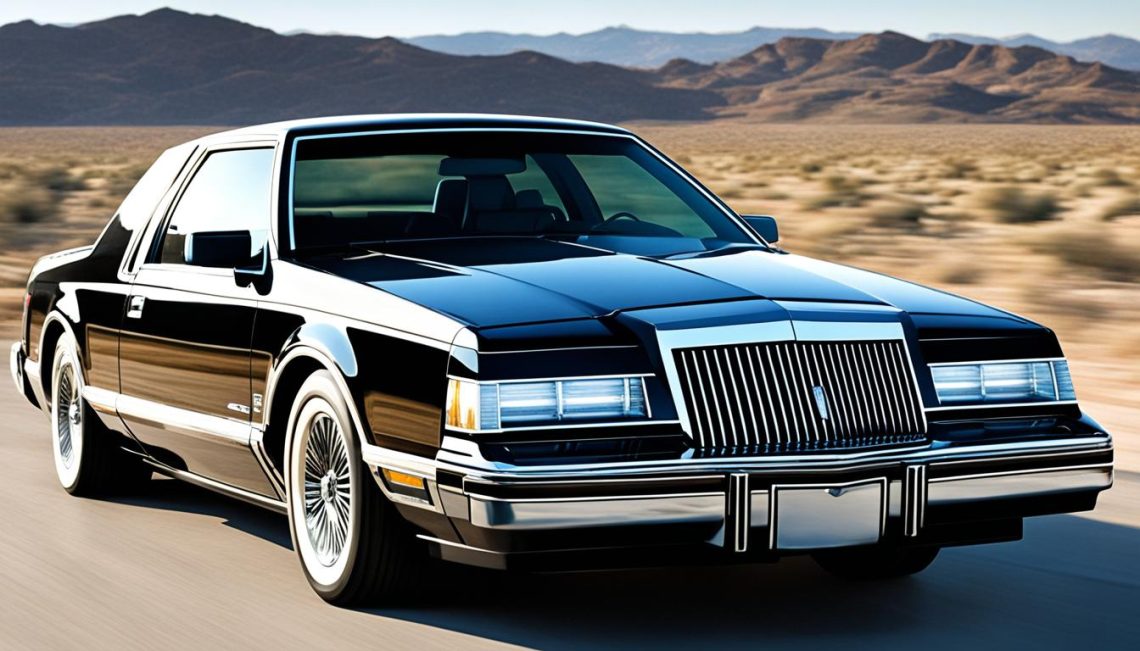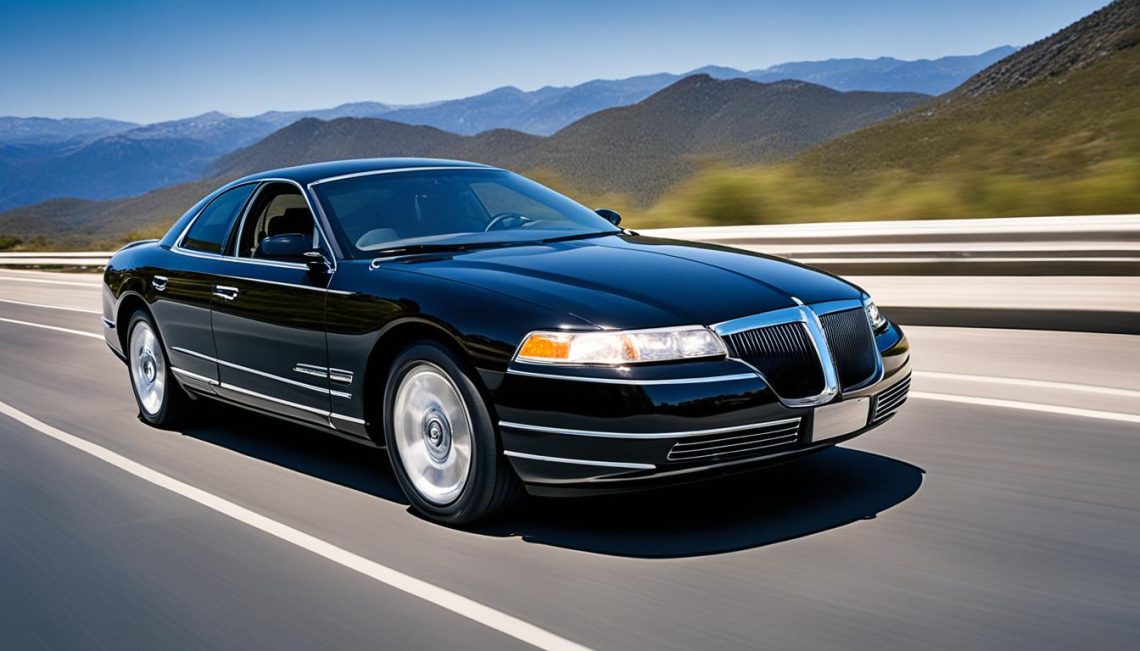Welcome to our comprehensive guide on the Lincoln Vehicle Speed Sensor. In this article, we will delve into the crucial aspects of the location and accessibility of this component in your Lincoln vehicle. By understanding where the sensor is located and how to easily access it, you can effectively troubleshoot speed-related issues and ensure the smooth functioning of your Lincoln vehicle.
Knowing the precise location of the Lincoln Vehicle Speed Sensor is essential for maintenance or replacement purposes. The accessibility of this sensor plays a vital role in timely and effective troubleshooting, saving you time and money on costly repairs at a service center.
In the following sections, we will discuss the function of the Lincoln Vehicle Speed Sensor, guide you on locating it in your specific Lincoln model, explain the process of accessing and replacing it, and provide essential maintenance and care tips.
By the end of this article, you will have a comprehensive understanding of the Lincoln Vehicle Speed Sensor, enabling you to effectively maintain and troubleshoot any issues that may arise.
Understanding the Function of the Lincoln Vehicle Speed Sensor
In this section, we will delve into the detailed function of the Lincoln Vehicle Speed Sensor and its significance in the smooth operation of your vehicle. As the name suggests, this sensor is responsible for measuring the speed of your Lincoln and transmitting this crucial information to various systems within your vehicle.
The Lincoln Vehicle Speed Sensor plays an integral role in the functioning of the engine control module, transmission control module, and anti-lock braking system. By accurately measuring the speed of your vehicle, it enables these systems to make critical adjustments in real-time, ensuring optimal performance and safety.
When you press down on the accelerator pedal, the Lincoln Vehicle Speed Sensor detects the rotational speed of the wheels. This data is then sent to the engine control module, which uses it to manage the fuel injection, ignition timing, and torque distribution. By constantly monitoring the vehicle’s speed, the sensor helps maintain precise control over the engine’s performance.
The transmission control module also relies on the speed data provided by the Lincoln Vehicle Speed Sensor. It uses this information to determine the ideal gear ratio, ensuring smooth shifting between gears and maximizing fuel efficiency. This seamless coordination between the speed sensor and transmission control module contributes to a comfortable driving experience.
The Lincoln Vehicle Speed Sensor is also an essential component of the anti-lock braking system (ABS). By continuously monitoring the speed of each wheel, the sensor helps the ABS make rapid calculations and adjustments to prevent the wheels from locking up during sudden braking. This technology significantly enhances the vehicle’s stability and control, especially in emergency situations.
Overall, understanding the function of the Lincoln Vehicle Speed Sensor provides valuable insights into its role in delivering a smooth, efficient, and safe driving experience. Now that we’ve explored its function, let’s move on to the next section, where we’ll uncover the specific location of this sensor in your Lincoln model.
Locating the Lincoln Vehicle Speed Sensor
In order to carry out maintenance or replacement tasks on your Lincoln Vehicle Speed Sensor, it’s crucial to know where it is located within your specific Lincoln model. While the exact location may vary depending on the year and model of your vehicle, we will provide you with general guidelines to help you identify its position easily.
First, refer to your Lincoln vehicle’s owner manual to obtain information specific to your model. The manual typically contains detailed diagrams and instructions regarding the location of various components, including the Vehicle Speed Sensor.
If you don’t have access to the owner’s manual or require further assistance, you can also consult online resources or contact your nearest Lincoln dealership for guidance. They possess expert knowledge and can provide accurate information based on your vehicle’s specifications.
Once you have an idea of the sensor’s approximate location, it’s time to physically locate it in your vehicle. Start by inspecting the engine compartment, as the Vehicle Speed Sensor is often situated near the transmission or the differential area.
If you’re unable to locate it from above, you may need to access it from underneath your Lincoln vehicle. You can use a jack or ramps to safely raise your vehicle and gain better visibility and access to the underside. Remember to follow proper safety precautions while working under your vehicle.
Here is an image that visually illustrates the general location of the Lincoln Vehicle Speed Sensor. Keep in mind that the actual location may vary slightly depending on your specific Lincoln model.
Once you have identified the sensor, take note of its position for future reference. It’s also helpful to mark the location for easier identification during maintenance or replacement tasks.
Now, you’re ready to proceed to Section 4, where we will guide you through the process of accessing and replacing the Lincoln Vehicle Speed Sensor.
Accessing and Replacing the Lincoln Vehicle Speed Sensor
In this section, we will guide you through the process of accessing and replacing the Lincoln Vehicle Speed Sensor. Whether you’re experiencing speed-related issues or simply need to perform routine maintenance, knowing how to access and replace this sensor is essential. By following the step-by-step instructions provided below, you’ll be able to tackle this task with confidence and avoid the need for expensive repairs at a service center.
Accessing the Lincoln Vehicle Speed Sensor
Before replacing the Lincoln Vehicle Speed Sensor, you need to access it. To do this, follow the steps below:
- Locate the Lincoln Vehicle Speed Sensor, which is typically located on the transmission housing or the rear differential, depending on the specific model of your Lincoln.
- Ensure the vehicle is safely parked with the engine off and the parking brake engaged.
- Use a jack or ramps to elevate the front or rear of the vehicle, providing enough space to work comfortably underneath.
- Using a wrench or socket set, remove any fasteners or brackets securing the sensor in place.
- Carefully disconnect the electrical connector attached to the sensor, paying attention to any locking mechanisms or tabs that may need to be released.
- Once the sensor is free from its mounting point, gently remove it from the vehicle.
Replacing the Lincoln Vehicle Speed Sensor
Now that you have accessed the Lincoln Vehicle Speed Sensor, you can proceed with the replacement process. Follow the steps below:
- Compare the old sensor with the new one to ensure they are identical in size and shape.
- Apply a small amount of lubricant, such as silicone grease, to the O-ring or seal of the new sensor before installation.
- Carefully position the new sensor in place, aligning it with the mounting hole.
- Reconnect the electrical connector, ensuring it is securely fastened and locked into place.
- Use the wrench or socket set to reattach any fasteners or brackets that secure the sensor.
- If necessary, lower the vehicle back to the ground and remove any jack stands or ramps used during the process.
Once you have completed the steps above, you have successfully accessed and replaced the Lincoln Vehicle Speed Sensor. Remember to double-check all connections and ensure the sensor is securely positioned before test driving the vehicle. If you are uncertain or require additional assistance, it is always advisable to consult a qualified mechanic or refer to the Lincoln vehicle’s user manual.
| Common Issues with the Lincoln Vehicle Speed Sensor | Potential Solutions |
|---|---|
| The speedometer is not working | Check the connections to the sensor and ensure they are secure. If the problem persists, consider replacing the sensor. |
| The transmission shifts erratically | Inspect the sensor for any signs of damage or wear. Replace if necessary. Additionally, check for any transmission-related issues that may require attention. |
| The ABS or traction control lights are illuminated | Inspect the sensor and its connections. Clean any debris or corrosion that may be affecting its performance. If the lights continue to stay on, consider replacing the sensor. |
By staying proactive and addressing any speed-related issues promptly, you can ensure the smooth operation of your Lincoln vehicle. Regularly checking and maintaining the Lincoln Vehicle Speed Sensor will help you avoid potential problems and maintain optimal performance on the road.
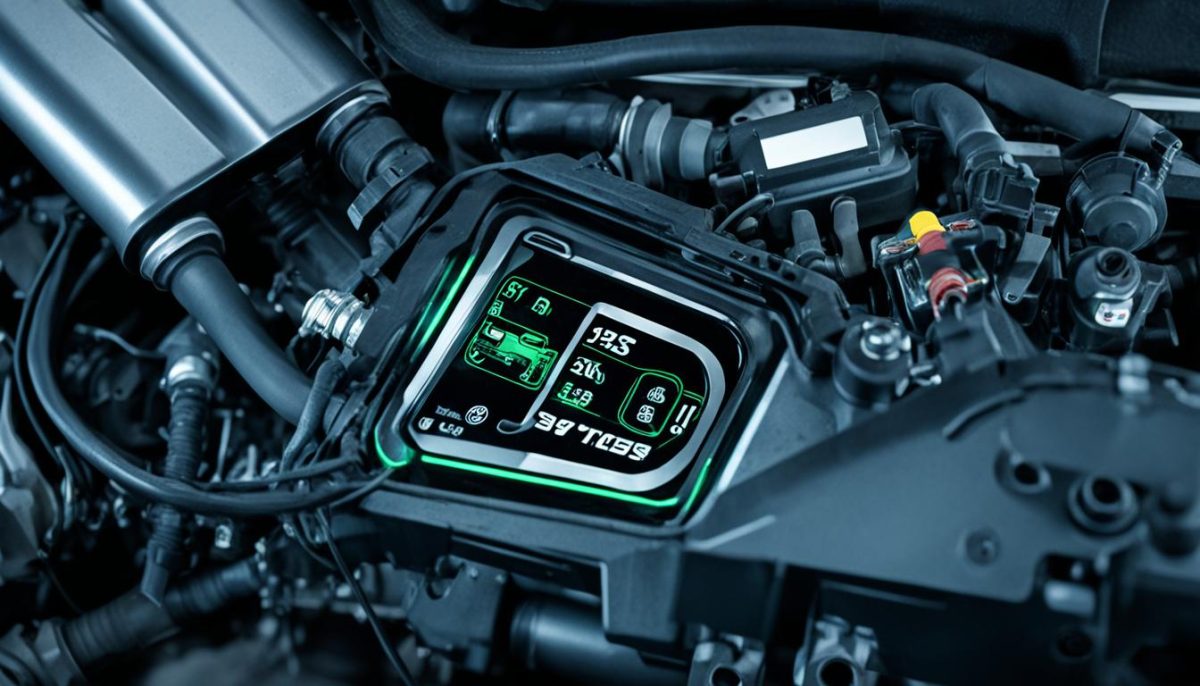
Maintenance and Care Tips for the Lincoln Vehicle Speed Sensor
Proper maintenance is essential to ensure the longevity and optimal performance of your Lincoln Vehicle Speed Sensor. By following these care tips, you can prevent potential issues and maintain the smooth functioning of this crucial component.
1. Regular cleaning: Over time, dirt, debris, and road grime can accumulate on the sensor, affecting its accuracy and performance. To prevent this, gently clean the sensor using a soft cloth or a mild detergent solution. Avoid using harsh chemicals or abrasive materials that may cause damage.
2. Check for damages: Routinely inspect the sensor for any signs of damage or wear. Look for cracks, loose connections, or corroded terminals. If you notice any abnormalities, it’s advisable to have a professional technician examine the sensor and address any necessary repairs or replacements.
3. Be mindful of environmental exposure: Extreme temperatures and moisture can impact the sensor’s functionality. Whenever possible, park your Lincoln in a covered area to protect the sensor from excessive heat, cold, or humidity. Additionally, avoid driving through deep water or harsh terrain that could potentially damage the sensor.
By following these maintenance and care tips, you can ensure that your Lincoln Vehicle Speed Sensor operates optimally, providing accurate speed information to the various systems in your vehicle. Regularly monitoring and maintaining this crucial component will help you prevent speed-related issues and maintain a smooth and safe driving experience.

